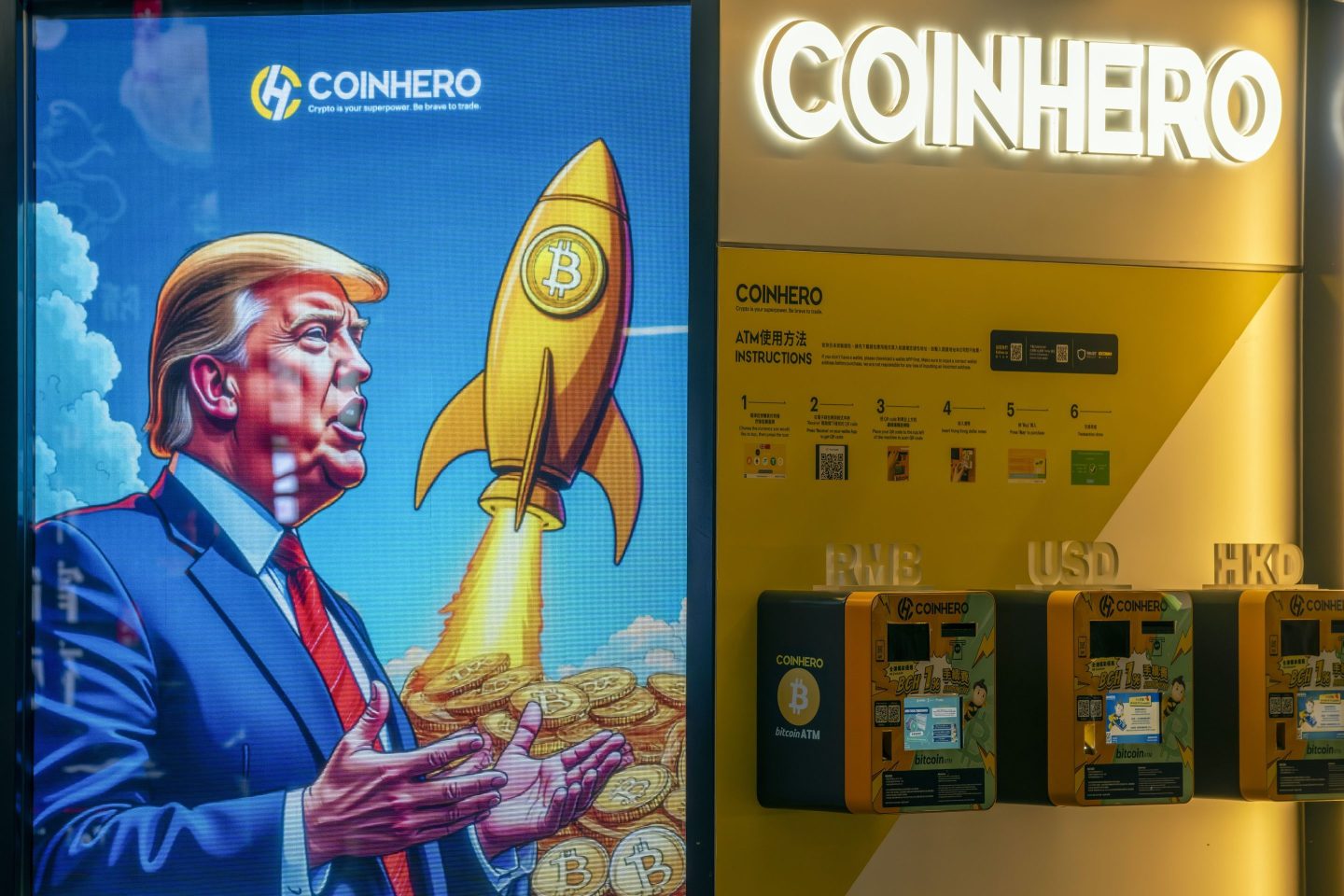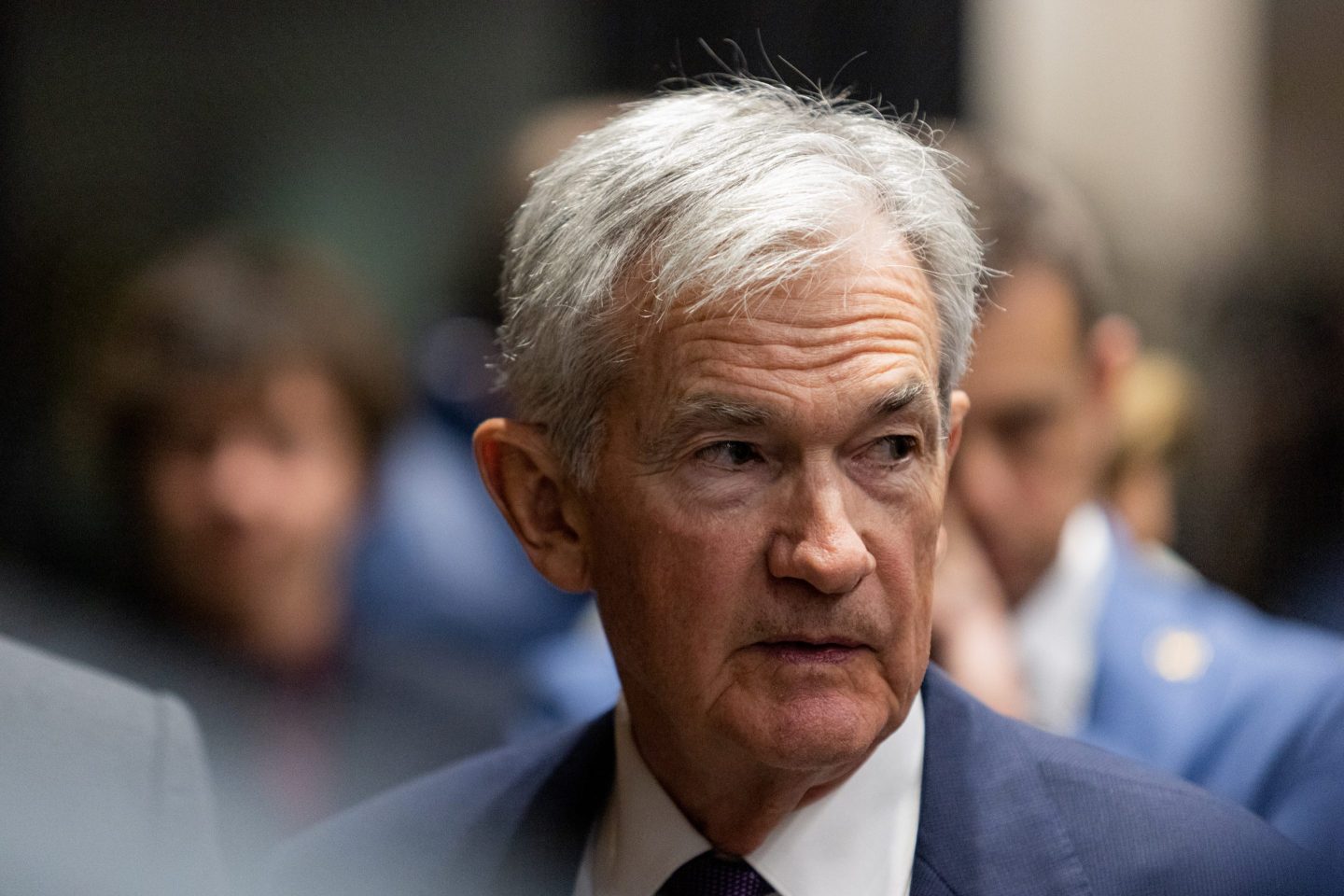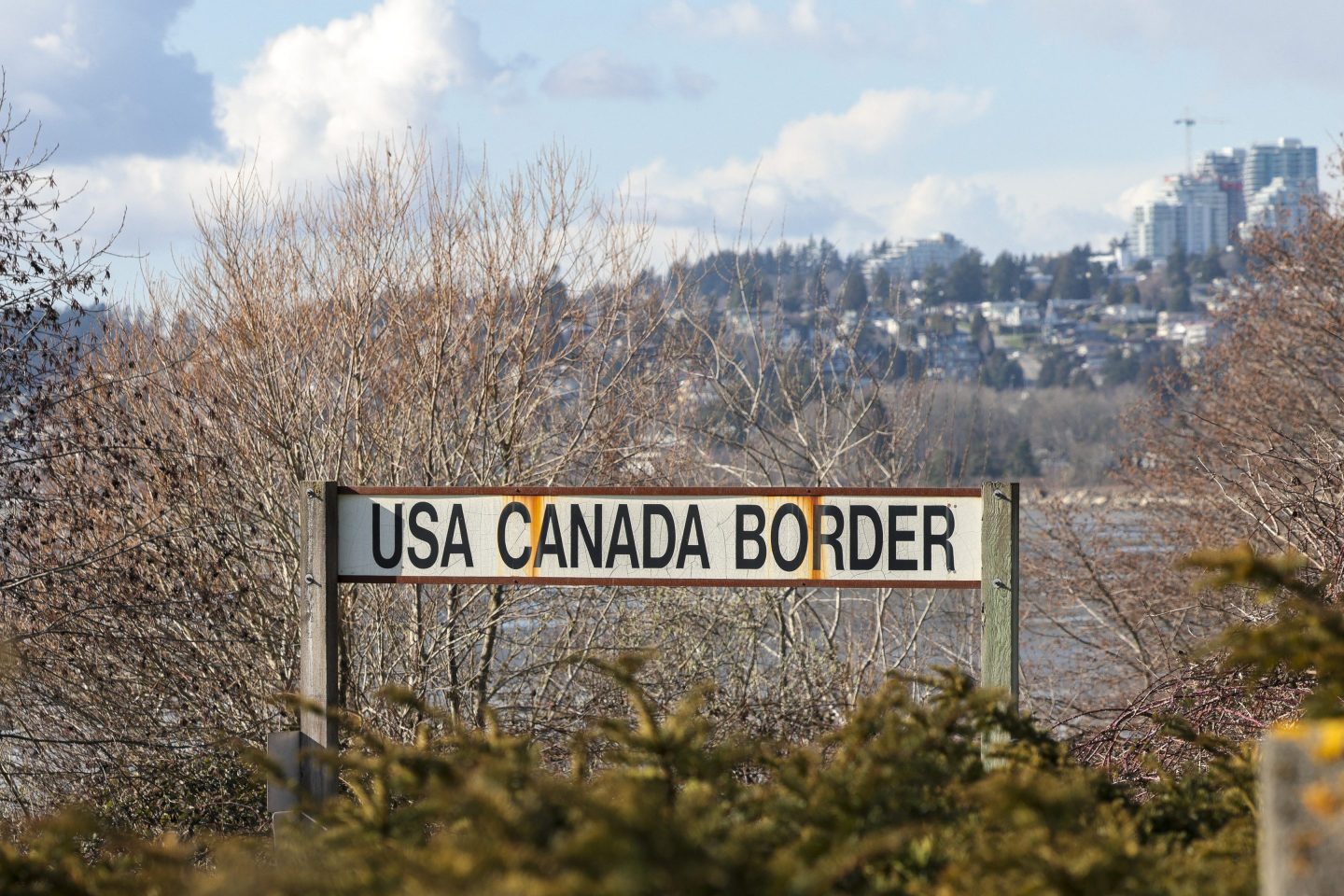Donald Trump has spearheaded a global push by governments to establish a strategic crypto reserve using assets seized from criminals, betting that the rising value of tokens like Bitcoin could aid overall economic growth. But how much is theoretically out there for the taking?
All told, more than $75 billion, according to research by blockchain analytics firm Chainalysis Inc. That figure tracks the amount of crypto tied to illicit activity that’s sitting “on chain”—meaning in an online wallet or platform—and within reach of law enforcement.
“This brings asset forfeiture potential to a completely different level to what we’ve seen in the past,” Jonathan Levin, chief executive officer of Chainalysis, said of the findings in an interview. “It does change how countries think about that.”
Trump signed an executive order in March ordering the creation of a strategic Bitcoin reserve and digital asset stockpile, which would see the U.S. government keep hold of any cryptocurrencies seized from criminals and forfeited to its control. The U.S. already has an estimated $15 billion to $20 billion in forfeited Bitcoin, Treasury Secretary Scott Bessent said in August.
Other countries where lawmakers are debating or have already established strategic crypto reserves include El Salvador, Bhutan, the Czech Republic and Sweden, as well as some U.S. states. Unofficial stockpiles of confiscated cryptoassets are also growing, like in the U.K., where authorities seized around 61,000 Bitcoin from a West London house in 2018. That’s now worth almost $7 billion and represents one of the largest cryptocurrency hauls law enforcement have recovered anywhere in the world.
Illicit entities hold nearly $15 billion in on-chain balances in 2025, while wallets downstream from those entities—those who have received at least 10% of their total funds from criminal sources—hold over $60 billion. Administrators and vendors for darknet marketplaces, a lucrative target for law enforcement, control more than $40 billion, Chainalysis found.
Bitcoin makes up about 75% of the $15 billion held by illicit actors directly. Combined with holdings of Ether and stablecoins, that represents a 359% surge from balances observed five years ago. Meanwhile the amount of crypto held by downstream wallets has grown similarly, with darknet market administrator and vendor wallets exceeding a compound annual growth rate of 200%.
Whether or not authorities will actually get their hands on that $75 billion is another matter. While efforts by law enforcement to crack down on crypto crime have stepped up significantly in recent years, the skill set, international cooperation and funding required to identify, trace and seize digital assets from criminals remains a tough ask.
In some jurisdictions when cryptoassets are seized, not all the money goes straight to the government—some can be held back to finance more recovery efforts by law enforcement, to repay victims or to prosecute criminals. An uptick in seizures could go some way to reducing the friction and time to takes to carry out investigations, Levin said, while still benefiting reserve plans.
“It’s really interesting to see whether this will change policy on how that money gets utilized, and whether you do strategic reserve or whether you reinvest it into finding more of these criminal proceeds and disrupting more criminal networks,” he added.












